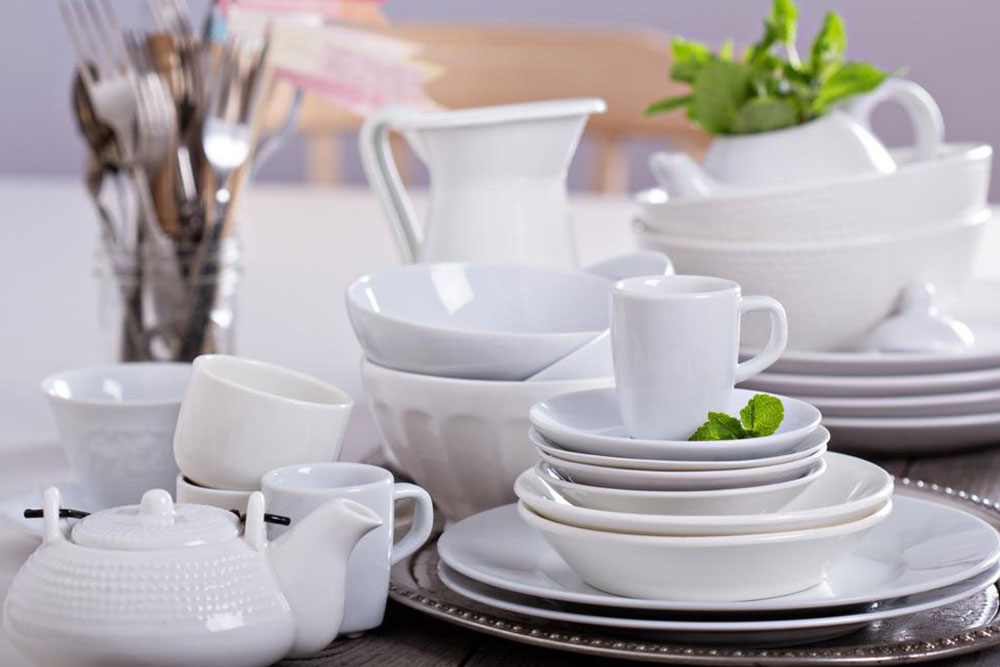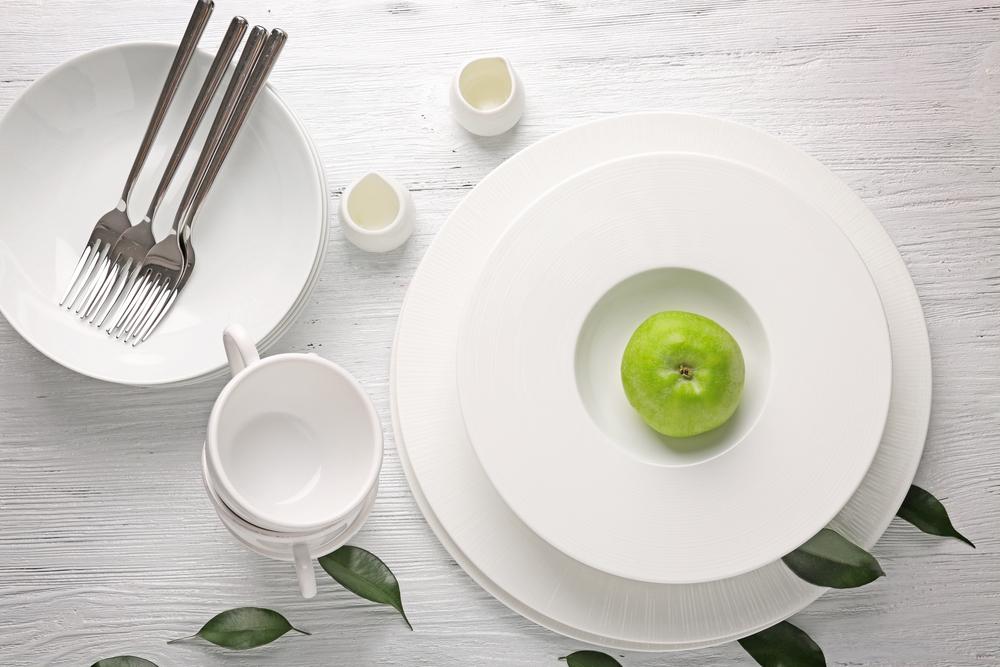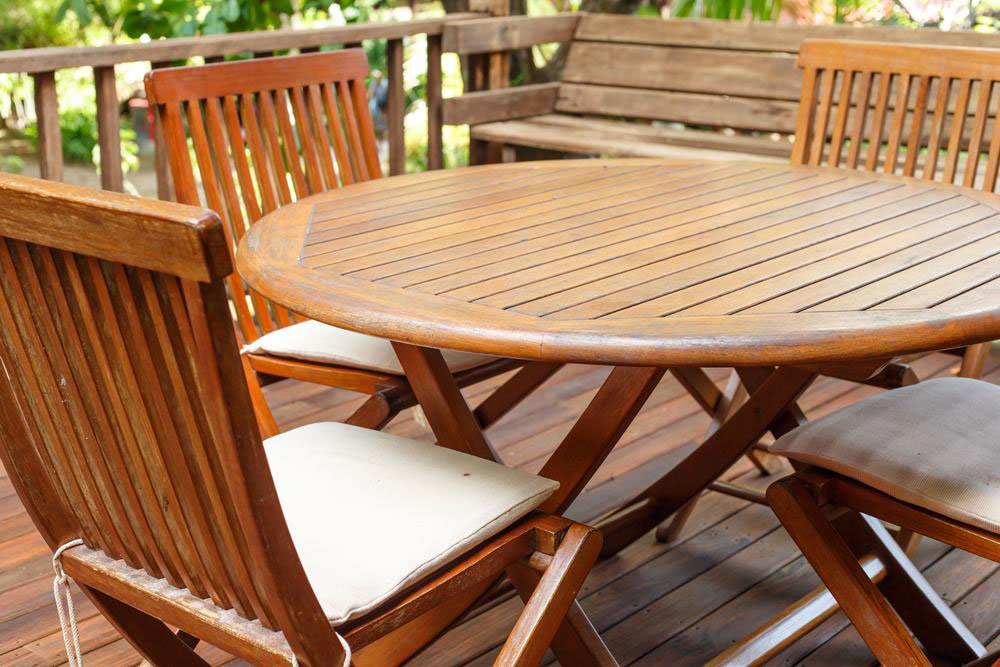A Complete Guide to Fiesta Dinnerware: History, Colors, and Care
Explore the history, color evolution, and care tips for Fiesta dinnerware. This comprehensive guide highlights its vintage and modern collections, collectible tips, and maintenance advice, making it perfect for enthusiasts and new buyers alike.

Everything You Should Know About Fiesta Dinnerware
First launched in 1936 amid the Great Depression, Fiesta dinnerware has become a vibrant staple in dining settings. Homer Laughlin employed single-color glazing to reduce costs, creating the distinctive Art Deco design featuring concentric rings and a coupe shape. The line was discontinued in 1972 but revived in 1986, now available both online and in stores. Collectors and enthusiasts often consult guidebooks to authenticate vintage and modern pieces, focusing on color, markings, and rarity, especially for discontinued items like the turquoise onion soup bowl.
Guidebooks for Fiesta Fans
Enthusiasts use detailed guidebooks to verify the authenticity of their Fiesta dinnerware. These resources help identify production years, colors, marks, and rarity by comparing images and backstamps. Collectors often seek missing lids or discontinued items like turquoise onion soup bowls, valuing their uniqueness.
Historical Colors of Fiesta
Early Fiesta dishes appeared in shades such as green, cobalt blue, red, and ivory with smooth, semi-opaque glazes. Some pieces show uneven glazing called a glazed curtain. Turquoise was introduced in 1937, while radioactive red, made with uranium oxide, was used until 1972, after which safety regulations stopped this practice. The EPA advises against using vintage Fiesta ware for food contact.
Post-1950s, new hues like forest, chartreuse, gray, and rose replaced original colors. The 1960s saw bright, vibrant colors, but by 1969, earth tones became dominant until production ceased in 1972.
Modern Fiesta Collections
After artisans stopped making Fiesta dishes in 1972, collectors sought these vintage items. In 1986, Bloomingdale's partnered with Homer Laughlin to relaunch the line, using restaurant-quality ceramics with lead-free glazes that resist moisture and odors, making them ideal for everyday use.
Colors That Endure
Since 1936, Fiesta has introduced over 40 colors, including original shades like turquoise, ivory, and cobalt blue, along with modern hues such as peacock, plum, sunflower, and lapis, which are reimagined updates of the classics.
Complementary Tableware and Accessories
Fiesta offers a range of coordinating items including flatware, linens, glassware, and mugs. Since 2009, square-shaped dinner, salad, and luncheon plates with signature concentric rings and coupe shapes have been added. Non-stick cookware, including mini casseroles and Dutch ovens in vibrant colors, complements the dinnerware collection.
Maintenance Tips for Fiesta
While durable, Fiesta dinnerware should be handled carefully to prevent chipping. It is microwave, freezer, and dishwasher safe. Use wooden or plastic utensils during cooking to avoid surface scratches. Clean with warm water and mild detergent, and avoid slicing directly on the plates. For scuffs, gentle copper cleaners can be used. The iconic Fiesta lady figurine is made of resin and depicted as a flamenco dancer in white, lilac, and persimmon shades.
Fiesta dinnerware owners take pride in their collections, which are available on platforms like eBay and specialty stores.









